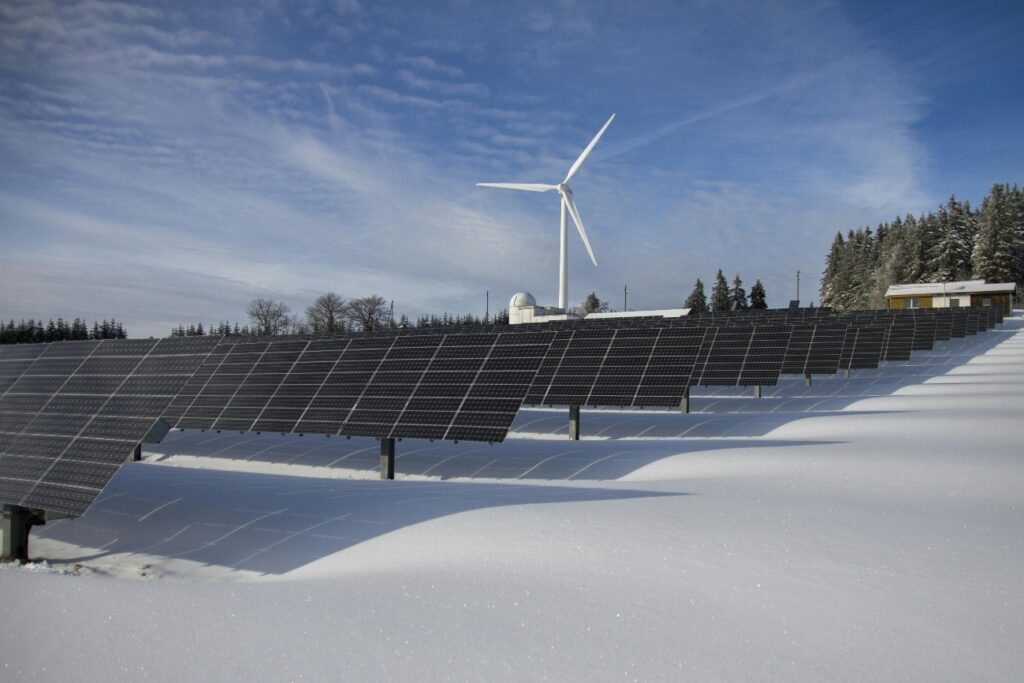For the first time in history, wind and solar generated more electricity than fossil fuels in the European Union during the first half of 2024, according to a recent analysis by the Ember Group. These renewables accounted for 30% of the electricity produced in the EU, outstripping the 27% generated by fossil sources such as coal and gas, which experienced a 17% drop.
This shift marks a milestone in the region’s energy transition. The drop in fossil fuel use coincides with a moderate recovery in electricity demand, which increased by 0.7% after the COVID-19 pandemic and the gas price crisis. However, the growth of renewables, mainly wind and solar, not only offset this increase in demand, but significantly outpaced traditional sources.
The decline in coal use was notable, with a reduction of 24%, while natural gas decreased by 14%. These results underline a structural change, where European energy policies are moving towards less reliance on fossil fuels and greater adoption of clean sources.
The report highlights that the increase in electricity generation from wind and solar power is not a seasonal phenomenon. More favourable weather conditions and increased hydropower production contributed, but the main factor was the sustained increase in installed renewable energy capacity.
Spain has been one of the most advanced countries in the adoption of renewables. In May 2024, more than 50% of the country’s electricity came from wind and solar sources, a record that confirms the success of its energy policies.
This historic change reinforces the EU’s position as a world leader in the fight against climate change and shows that the transition to an energy system based on renewable energy is not only possible, but also cost-effective and efficient.
At Laragon/ALL4 we offer software solutions that help companies monitor their decarbonisation targets and optimise their energy diversification strategies, monitor their sustainability performance, minimise their environmental footprint and manage safety and operational risks.



